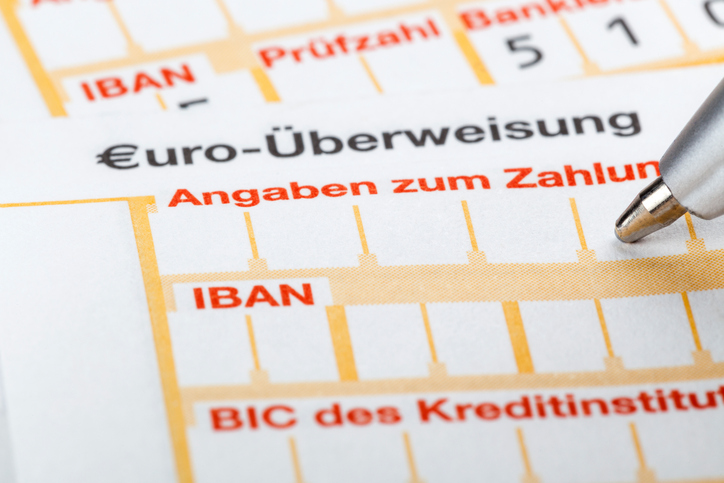The SEPA scheme, or the Single Euro Payments Area, is an integration initiative set up to improve cross-border and domestic electronic payment efficiency across 34 European countries.
Prior to this, these countries had their own payment practices. The transferal of money was a fragmented and often complicated process. Transaction costs were high, delays and loss were common, and customer service differed from one country to the next. SEPA was set up to create one cross-border blanket system in a bid to boost speed and security.
How does SEPA work?
Since becoming operational in 2009, the SEPA Direct Debit payment process has encouraged the use of simple and secure overseas payments. This is particularly the case in countries such as Germany, France and Spain where Direct Debit is a very popular and established method of payment. Banks have yet to adopt SEPA Direct Debit in the UK.
The SEPA Direct Debit process is not too dissimilar to the one we know and practise for domestic payments – however, payments are only allowed to be conducted in Euros. Mandates from customers are used to authorise payments, and all transactions are communicated between banks without the involvement of card systems. The primary difference is that all payments are conducted in Euros.
Within the SEPA Direct Debit scheme, there are two branches:
- The Core scheme:
The SEPA Direct Debit Core has been set up with all payers and payees in mind, from private individuals to small, medium and micro enterprise businesses. This scheme is mandatory in all SEPA banks.
- The B2B scheme:
The intended usage of this scheme is solely for transactions between businesses. Unlike Core, this scheme is optional and therefore not offered by all banks. There is also no right to a refund after the Direct Debit is processed. However, it is down to the payer’s bank to ensure collection is authorised – as is not the case with the Core scheme.
The advantages of SEPA
- The ability to determine the exact date of collection
- Payment can be completed within a predetermined time cycle resulting in reliable cash flow
- There is a straightforward reconciliation of payments received
- It lets you automate exception handling (refunds, returns, rejects)
- It’s a simple and secure means of paying bills throughout the Single Euro Payments Area
- It provides an easy reconciliation of debits on account statements
- And finally, payments are faster so payers avoid dealing with the consequences of late payments.
For more information on SEPA Direct Debits, you can visit the European Payment Council’s website.

